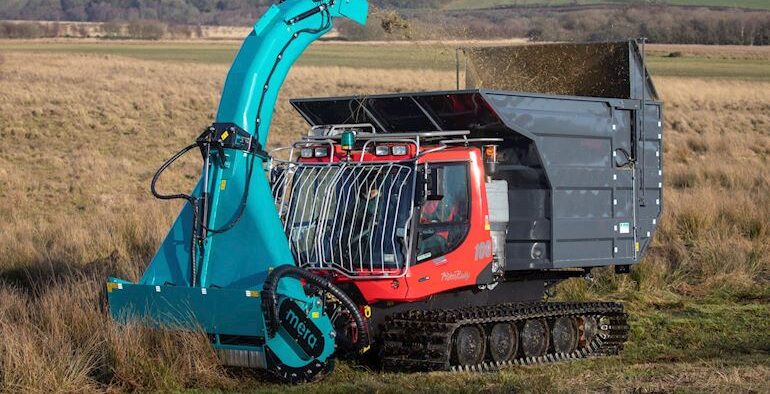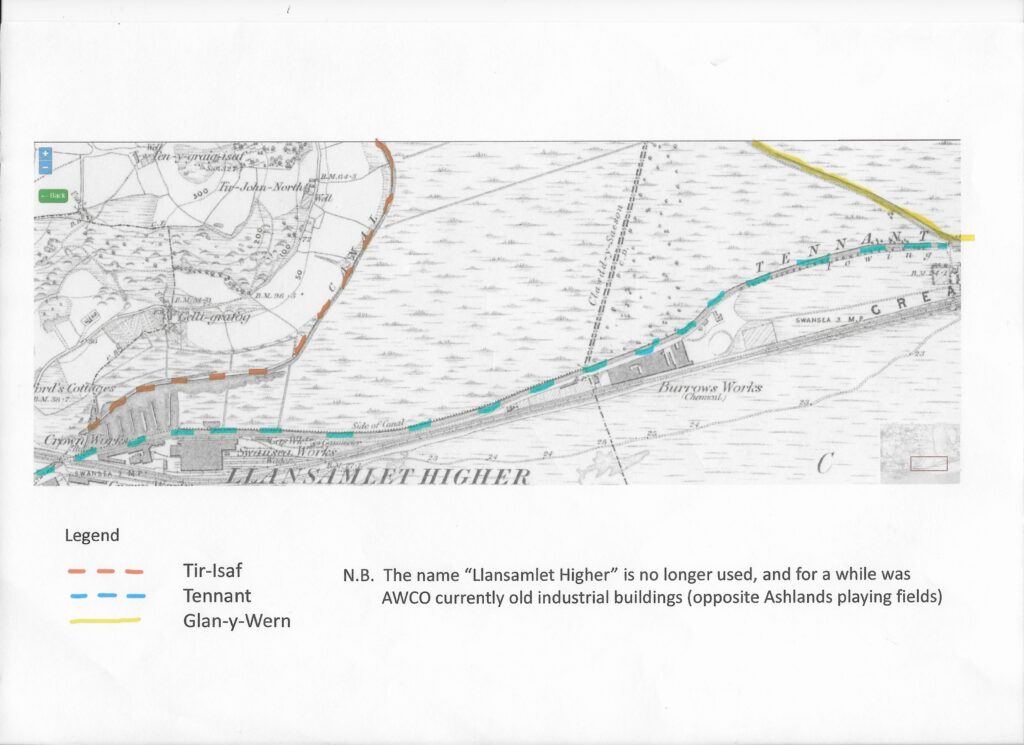
LifeQuake Project
Update
Recap – The SSSI, RAMSAR, Cors Crymlyn SAC …… known more commonly as Crymlyn Bog, is Wales’s largest wetland (peatland) site, providing an extremely important habitat for rare and threatened Flora & Fauna. It is a large area of 300 Hectares ( 3 million square metres).
Running North to South down the Bog is the Glan-y-Wern Canal, completed in 1790 it preceded the Tennant Canal by almost 50 years and this was what George Tennant leased, and extended to become the Tennant Canal. It is possible that there was an even earlier canal based on Clawdd y Saeson (Englishman’s Ditch) – but facts are unclear, though barge remains have been found in Clawdd y Saeson. https://tennantcanal.wales/index.php/brizy-15/the-canal/
For the Tennant Canal the Glan-y-Wern is of extreme importance as it provides a much-needed source of clean water to the canal.
However, it has been ignored for many decades, really since canal traffic ceased in 1936 and is in a very poor state, overgrown with NNS (Non Native Species), and trees which are blocking the normal draining function of the bog.
As a results the bog has become overwetted and the choking of natural species is preventing the laying down of new peat.
The Bog wobbles underfoot due to there being several metres of peat, and such sites are named ‘quaking bogs’ and are of such importance that the EU has provided a large grant of money (€5m) to undertake important maintenance of this ecologically important site.
On Oct 22 the Tennant Canal Association (TCA) was invited to the Project launch and are consulted stakeholders in the work that is to be undertaken, as the project proceeds. This is a 5-year project, with a goal to reset the Bog and open it up once more to natural maintenance measures such as cattle grazing. In the way that saltmarsh sheep have become unique, then peatland cattle could also become a great local asset.
There was an update meeting for Stakeholders held on 4th May (Star Wars day), and Rick Hughes of the TCA was there to participate.
Outline of some of the key planned activities.
- Creating a new access track.
- Clearing out the Glan-y-Wern Canal.
- Cut down and remove significant depth of Biomass.
- Create new Link to connect up Crymlyn Brook to the canal.
- Clear ditches & drains throughout the Bog.
- Remove as much NNS as possible.
- Improve access & boardwalks.
Access Track …. In order to get access with the specialised machinery, low pressure tracked machines, trucks etc, there will be a new access track … from Pen Isar Coed Farm westwards to the Glan-y-Wern Canal, to avoid industrialising the landscape, it follows the route of an existing but poor condition track. The new track will be specifically designed & built with levels & culverts to make sure annual wet periods are not ‘dammed up’ by the track.
- Clearing out the Canal … The Canal started at Glan-y-Wern colliery, at the top NW of the Bog run due South and joined with a longstanding water route known as Clawdd y Saeson (Englishman’s ditch). This is shown clearly on historical maps: https://historicplacenames.rcahmw.gov.uk/placenames/recordedname/4a36a6b1-0e11-498d-9e95-e8682acca4c5. It is worth noting on the map that where the Glan-y-Wern turns East there was a pub – HalfWay House. The Canal at base of the Bog turned East, running through Jersey Marine to Trowman’s Hole (later renamed as Red Jacket Pill) The Canal is badly clogged with trees & bushes, and these will be fully cleared out, which will provide an improved quantity of clean water flow to the Tennant Canal.
- Cut Down & Mow … The bog is very overgrown, with tall grasses, very significant NNS & willow saplings, this overgrowth led to the cessation of the natural grazing stock – cattle don’t like long grass. NRW own a very impressive low-ground pressure mower and although 4.5 tonne and 6m tall, it can float on the bog and will be used to cut the overgrowth and remove this Biomass. Once it has all been cut back, new NNS regrowth can be dealt with.
- Link up of Crymlyn Brook … at top NE of the bog, there is an existing brook, but this just empties into the bog, resulting in a lot of nutrient wash out. Connecting the brook to the Canal via natural tributaries & reed beds will allow the water to be drained off into the Canal, significantly helping reduce the over wetting. This will provide additional good-quality water into the Tennant Canal.
- Clear ditches & drains … throughout the canal are many ditches and cuttings that should drain water into the Glan-y-Wern including canal cuts such as the Tir-Isaf canal. Many of these will be cleared and once more provide a flow of water into the Glan-y-Wern.
- Remove NNS … The Bog is badly overgrown with NNS including Himalayan Balsam and Japanese Knotweed. The former is of major concern as its large flowers attract bees away from their vital tasks of pollinating native species, causing a significant imbalance. There will be several stages of work to allow the effective removal of these species where practical, and most effective.
- Improve access … One of the key goals is to open up more of the bog to visitors, school groups etc. There is already a very good visitor centre with boardwalks allowing you walk over the bog keeping your feet dry. There will be an extension of these boardwalks. It is intended that once the Glan-y-Wern canal is cleared, a boardwalk could be constructed from the existing boardwalks at the visitor centre to run on the route of the Glan-y-Wern tow-path down to where it joins the Tennant Canal. Whilst the original stone bridge is no more, a new bridge joining the Tennant Canal Town path to the Glan-y-Wern would be constructed. This would be a very significant expansion in access.
The TCA will continue to engage with this important project.
N.B. Just as an interest pub quiz item – the Bog is technically not a Bog it is a Fen …. as it has incoming & outgoing water sources. It was originally a tidal inlet that covered the whole valley. Perhaps, one day it will be renamed Crymlyn Peatland.
For more information on the Bog –
- https://naturalresources.wales/days-out/places-to-visit/south-west-wales/crymlyn-bog-nnr/?lang=en
- https://sac.jncc.gov.uk/site/UK0012885
- https://rsis.ramsar.org/ris/608
Details on the project are on NRW site
Save The Tennant Canal | Made for The Community*
*By local tech Steve Thomas who gave his time and skills for free to help save the canal.




